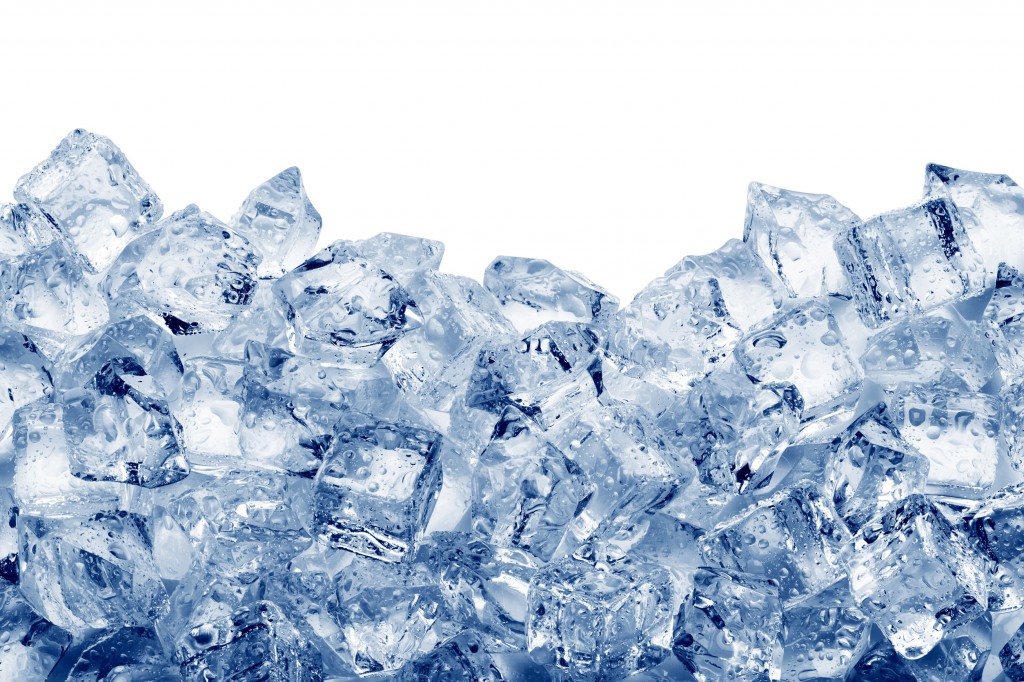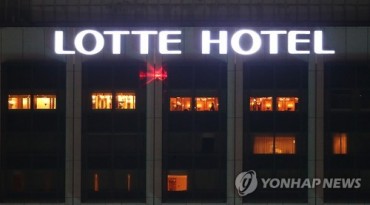
CU says the increased number of single-person households, which tend not to make their own ice at home, the lengthy heat wave and tropical nights (nights with a temperature low of 25 degrees and above), and late night (Korea time) Olympic matches are all behind the recent change in ice consumption. (image: KobizMedia/ Korea Bizwire)
SEOUL, Aug. 12 (Korea Bizwire) – An historic heat wave is enveloping the Korean peninsula, with average highs reaching 35 degrees Celsius across the country, and inland regions like Daegu and North Gyeongsang Province seeing temperatures approach 40 degrees. In fact, Seoul is expected to set a summer record for the most consecutive days with temperatures over 33 degrees if the searing weather continues until Sunday.
Amid the relentless heat, the demand for ice has soared, and with supply unable to quite catch up to demand, Korea is experiencing what’s being called an ‘ice crisis’.
Convenience stores across South Korea are at the frontlines of the ‘crisis’, with franchises like CU, GS25, 7-Eleven, and Mini Stop all in scarce supply of ice products.
“We get our supply of edible ice from Pulmuone and Dongil Ice, but since early this month, supply can’t seem to catch up with rising demand,” said a GS25 official. “The prolonged heat wave has certainly played a part.”
The Korean ice market is currently valued at 150 billion won ($136 million), and about 50 percent of edible ice products are distributed via convenience stores.
According to the official, although GS25 has placed extra orders with its ice manufacturers, production output can’t seem to match the soaring demand.

“They’re calling it the ice crisis,” said a CU franchise owner in Jongno District, Seoul. “I started placing extra orders last week, but I haven’t heard anything back from suppliers.” (image: Yonhap)
CU is facing a similar problem.
“They’re calling it the ice crisis,” said a CU franchise owner in Jongno District, Seoul. “I started placing extra orders last week, but I haven’t heard anything back from suppliers.”
Ice products are usually sold in cups, often with drinks, for consumers to keep beverages such as iced coffee cold. But with the latest crisis, stores are seeing a greater number of customers purchasing ice only.
CU says the increased number of single-person households, which tend not to make their own ice at home, the lengthy heat wave and tropical nights (nights with a temperature low of 25 degrees and above), and late night (Korea time) Olympic matches are all behind the recent change in ice consumption.
Industry watchers say that July sales of ice at convenience stores increased by 50 to 80 percent compared to July 2015, and they expect to see a similar percentage increase for August.
“We’re operating our main factory in Chuncheon 24/7 to meet the extra orders we’ve been getting,” said an official from Pulmuone, a leading supplier of ice. “But we’re still having difficulties meeting demand.”
By Kevin Lee (kevinlee@koreabizwire.com)






